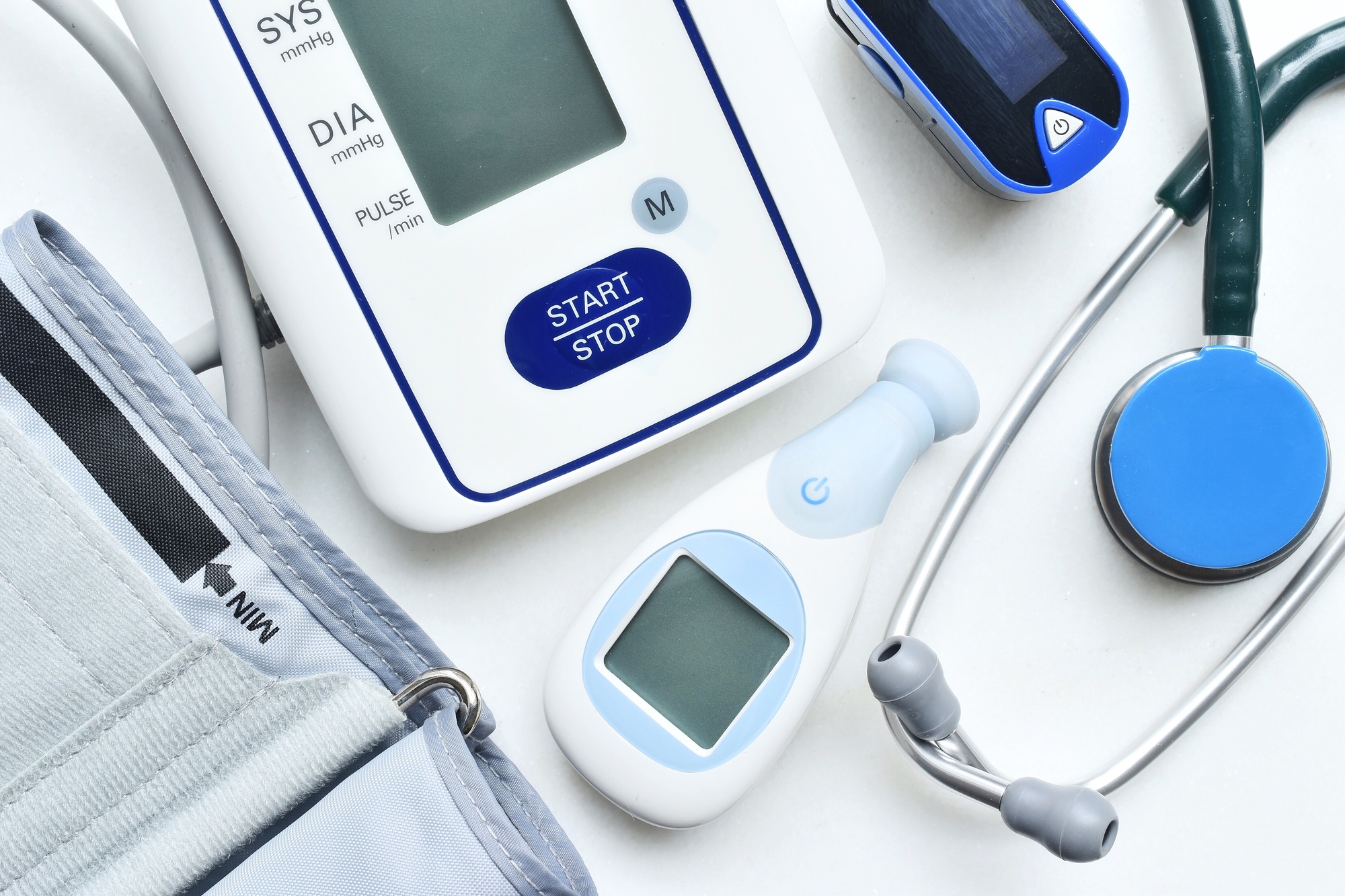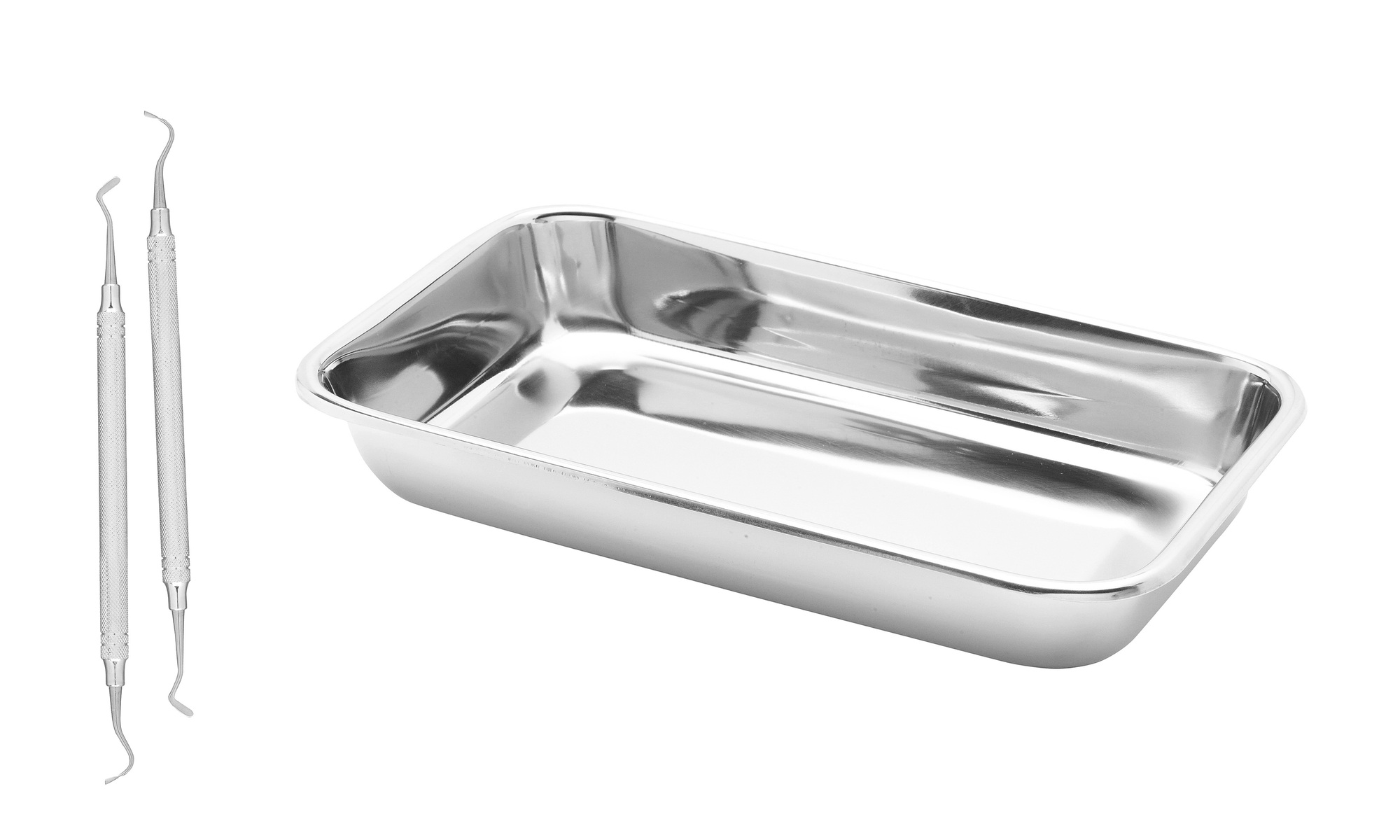Key Takeaways

- Industry Opportunities: The medical equipment market is rapidly growing, with a projected value of approximately $612 billion by 2025, providing significant opportunities for new startups.
- Niche Identification: Pinpointing a specific niche, such as home healthcare devices or rehabilitation tools, is essential for differentiation and targeting unmet healthcare needs.
- Regulatory Compliance: Understanding and adhering to FDA regulations and obtaining necessary licenses are critical to operate legally and ensure product safety and quality.
- Business Planning: A strong business plan outlining your model, financial projections, and target market is vital for guiding your startup’s success.
- Effective Marketing: Building a robust online presence and networking with healthcare providers can significantly enhance your visibility and attract potential customers.
- Focus on Quality: Prioritize high-quality, compliant products that enhance patient care and operational efficiency to establish credibility and foster customer loyalty.
Starting a medical equipment business can be a rewarding venture, especially in today’s rapidly evolving healthcare landscape. With an increasing demand for innovative medical solutions, you have a unique opportunity to make a significant impact while building a profitable enterprise. Whether you’re passionate about improving patient care or simply looking to tap into a lucrative market, this guide will equip you with essential steps to launch your business successfully.
Navigating the complexities of the medical equipment industry may seem daunting, but with the right knowledge and strategy, you can set yourself up for success. From understanding regulatory requirements to identifying your target market, each step is crucial in establishing a solid foundation. Get ready to explore the exciting world of medical equipment and discover how you can turn your vision into reality.
Understanding the Medical Equipment Industry

The medical equipment industry offers significant opportunities for small business startups. This sector experiences consistent growth due to increasing healthcare demands and innovations.
Market Potential
Market potential within the medical equipment sector is substantial. The global medical device market is projected to reach approximately $612 billion by 2025, reflecting a compound annual growth rate (CAGR) of 5.4%. Factors driving this growth include population aging, rising chronic diseases, and technological advancements. Your small business can thrive by focusing on niche markets, such as home healthcare devices, diagnostic equipment, or rehabilitation tools.
Key Players
Key players in the medical equipment industry include major companies such as Medtronic, Siemens Healthineers, and GE Healthcare. These organizations dominate the market but create opportunities for startups that offer innovative products or specialized services. Focusing on areas often overlooked by larger corporations can differentiate your small business. Engage with local healthcare providers and understand their needs to carve out your market segment effectively.
Identifying Your Niche

Identifying your niche is critical when starting a medical equipment business. This focus helps differentiate your startup in a competitive market and positions you to address specific healthcare needs effectively.
Market Research
Conduct thorough market research to uncover potential opportunities and gaps. Analyze industry trends, demand for medical equipment, and customer preferences. Evaluate what competitors offer and spot areas where needs remain unmet. Understanding the specific demands of your target market guides you in selecting the right products.
Niche Medical Supplies Markets
Focus on niche medical supplies markets that cater to specialized healthcare needs. For example, consider areas like home healthcare devices, diagnostic equipment, or rehabilitation tools. Identifying underserved medical specialties allows you to build strong customer relationships and establish a loyal client base. Innovate by offering tailored solutions that larger corporations overlook.
Product Selection
Opt for medical equipment that shows established demand within your niche. Select high-quality products and ensure compliance with regulatory standards. Prioritize items that enhance patient care and improve operational efficiency for healthcare providers. Products such as mobility aids, diagnostic tools, or telehealth equipment can meet the growing demand while positioning your small business for success.
Target Customer Segments
Identify your target customer segments to shape your marketing strategies. Focus on healthcare providers, including hospitals, clinics, and private practices. Understand their specific needs and create value propositions tailored to their requirements. Engaging with local healthcare providers can offer insights into buying patterns and preferences, ultimately enabling you to refine your product offerings and boost your startup’s growth.
Regulatory Considerations

Starting a medical equipment business requires a thorough understanding of regulatory considerations that ensure compliance and protect public safety. It’s essential to navigate federal and state regulations effectively.
Licensing Requirements
Licensing is vital for any medical equipment startup. You must obtain specific licenses to manufacture, distribute, or sell medical devices. The U.S. Food and Drug Administration (FDA) regulates these activities, requiring establishments to register and submit relevant information. Class I devices often need general controls; Class II devices require both general and special controls; Class III devices typically require premarket approval. Each classification comes with different requirements, so determining the correct classification for your product is critical.
Compliance and Standards
Compliance with industry standards is non-negotiable in the medical equipment sector. The FDA enforces the Quality System Regulation (QSR), outlining quality management principles for manufacturing medical devices. Obtaining ISO 13485 certification is common among startups, as it signifies adherence to quality management systems. Such certifications enhance credibility, ensuring your business meets necessary safety and quality standards. Additionally, familiarize yourself with state-specific regulations, as compliance may vary across locations. Understanding these regulations promotes a smooth operation for your small business while cultivating trust among customers and healthcare providers.
Developing a Business Plan

Developing a solid business plan is crucial for launching a successful medical equipment business. This plan outlines your path and sets measurable goals to guide your startup toward growth.
Defining Your Business Model
Define your business model clearly. Identify whether you’ll focus on manufacturing, distribution, or retailing medical equipment. Evaluate options like a direct-to-consumer approach or partnerships with healthcare providers. Consider how your model aligns with market demand. Assessing costs, pricing strategies, and target segments will strengthen your position in a competitive landscape.
Financial Projections
Create thorough financial projections to ensure your startup’s long-term viability. Include startup costs, operational expenses, and anticipated revenue. Use realistic assumptions based on market research and industry benchmarks. Detail your break-even analysis, which calculates how long it will take to recover your initial investment. Identify potential funding sources, such as small business loans or investors, to support your financial health as you launch and grow.
Marketing Your Medical Equipment Business
Effective marketing strategies play a crucial role in establishing your medical equipment business. Implementing targeted campaigns can connect you to potential customers and healthcare providers.
Building an Online Presence
Develop a user-friendly website to act as your digital storefront. Include essential information about your products and services, making navigation simple for visitors. Optimize the site for search engines to increase visibility. Create social media accounts to interact with customers and share industry insights. Regularly update your content with valuable resources, such as blog posts or informative videos. Engage in targeted advertising campaigns on platforms like Google and Facebook to reach specific demographics.
Networking and Partnerships
Build relationships with healthcare providers and referral sources. Attend industry conferences and workshops to connect with key players in the medical equipment field. Leverage these networks to generate leads and gain valuable insights into customer needs. Establish partnerships with healthcare institutions to secure long-term contracts. Collaborate with other small businesses to enhance your service offerings and improve brand visibility. Regular communication and relationship management lead to increased trust and business opportunities.
Conclusion
Starting a medical equipment business offers a unique chance to make a difference in healthcare while tapping into a lucrative market. By focusing on niche areas and understanding regulatory requirements, you can position your business for success.
Emphasizing quality and compliance not only enhances your credibility but also builds trust with customers. With a solid business plan and effective marketing strategies, you can create lasting relationships within the healthcare community.
As you embark on this journey, remember that continuous learning and adaptation are key to thriving in this dynamic industry. Embrace the opportunities ahead and make your mark in the medical equipment sector.
Frequently Asked Questions
What is the potential of starting a medical equipment business today?
The medical equipment business offers significant potential due to the increasing demand for innovative healthcare solutions. With the global medical device market projected to reach $612 billion by 2025, opportunities abound for startups that focus on niche markets and improve patient care.
What are key steps to launching a medical equipment business?
Essential steps include conducting market research to identify target markets, understanding regulatory requirements, and developing a solid business plan. It’s also crucial to create a unique value proposition that differentiates your products from established competitors.
How do I navigate regulatory requirements for medical devices?
Understanding federal and state regulations is vital. You’ll need to comply with FDA guidelines, which vary by device classification (Class I, II, or III). Obtaining necessary licenses and certifications, such as ISO 13485, is essential for legal compliance and product safety.
Why is identifying a niche important in this industry?
Identifying a niche helps distinguish your business in a competitive market. By addressing specific healthcare needs and gaps, you can build strong customer relationships and establish a loyal client base, leading to long-term success.
What financial considerations should I keep in mind?
Consider startup costs, operational expenses, anticipated revenue, and break-even analysis when creating your business plan. Identifying potential funding sources, like small business loans and investors, can also help ensure your startup’s financial health.
What marketing strategies are effective for a medical equipment business?
Effective strategies include building a user-friendly website optimized for SEO, creating social media accounts, and running targeted advertising campaigns. Networking with healthcare providers and attending industry events can also enhance visibility and secure contracts.
Image Via Envato: AnnaStills, Pressmaster, photobalance, nodar77, ckstockphoto



